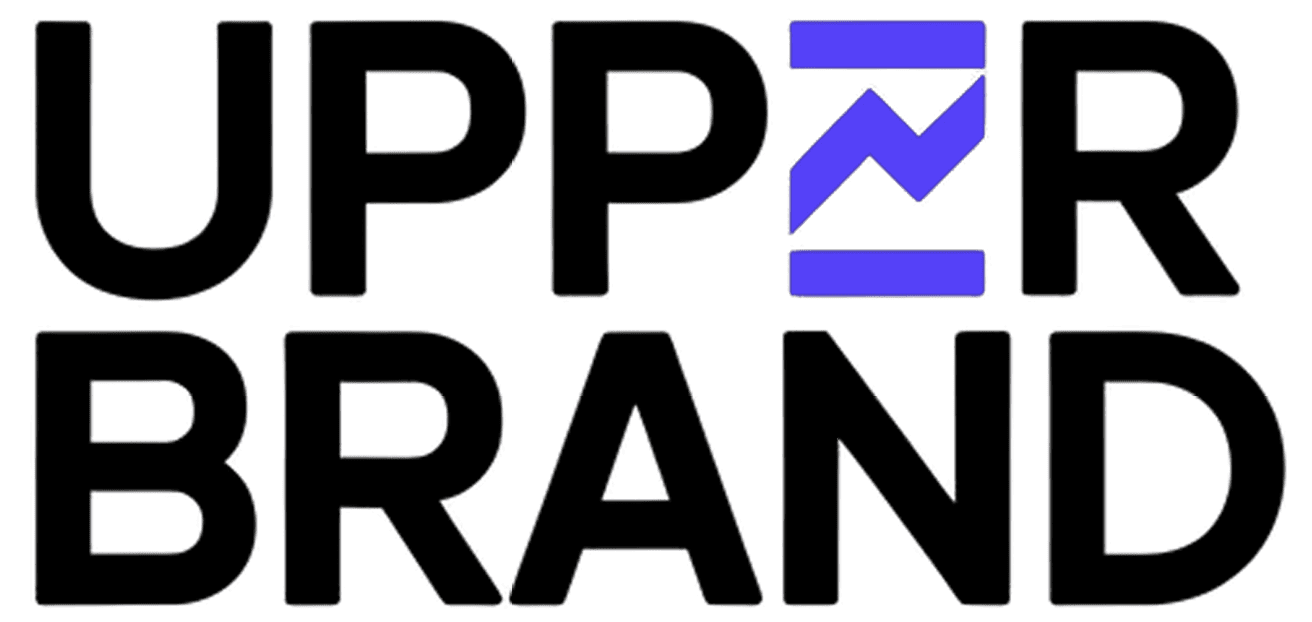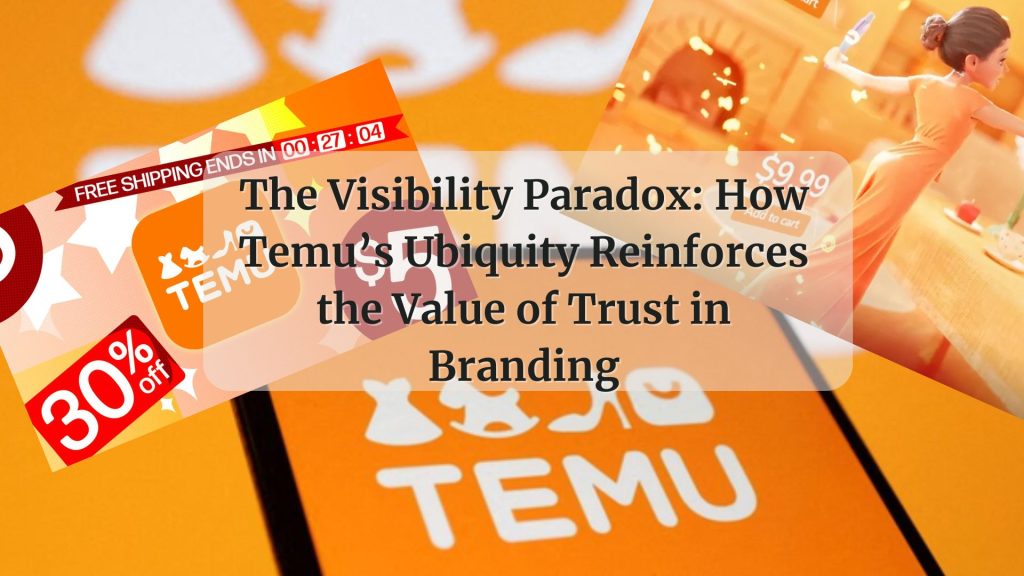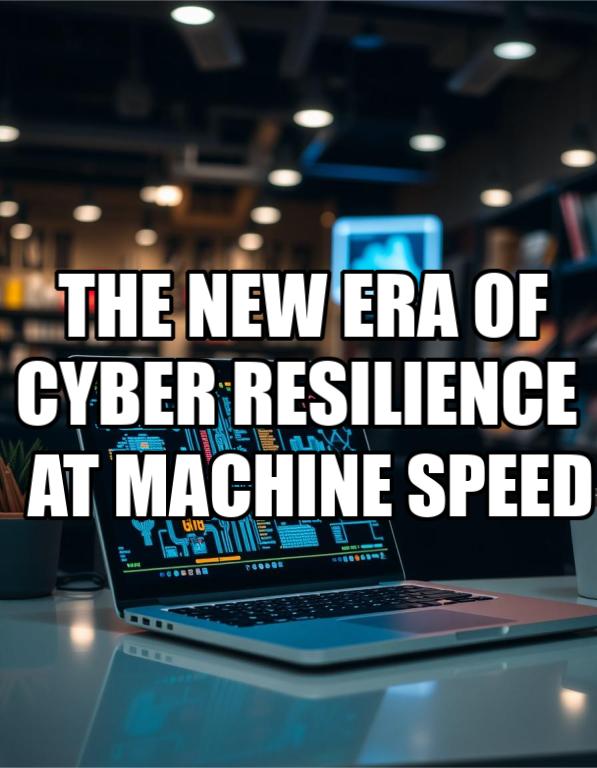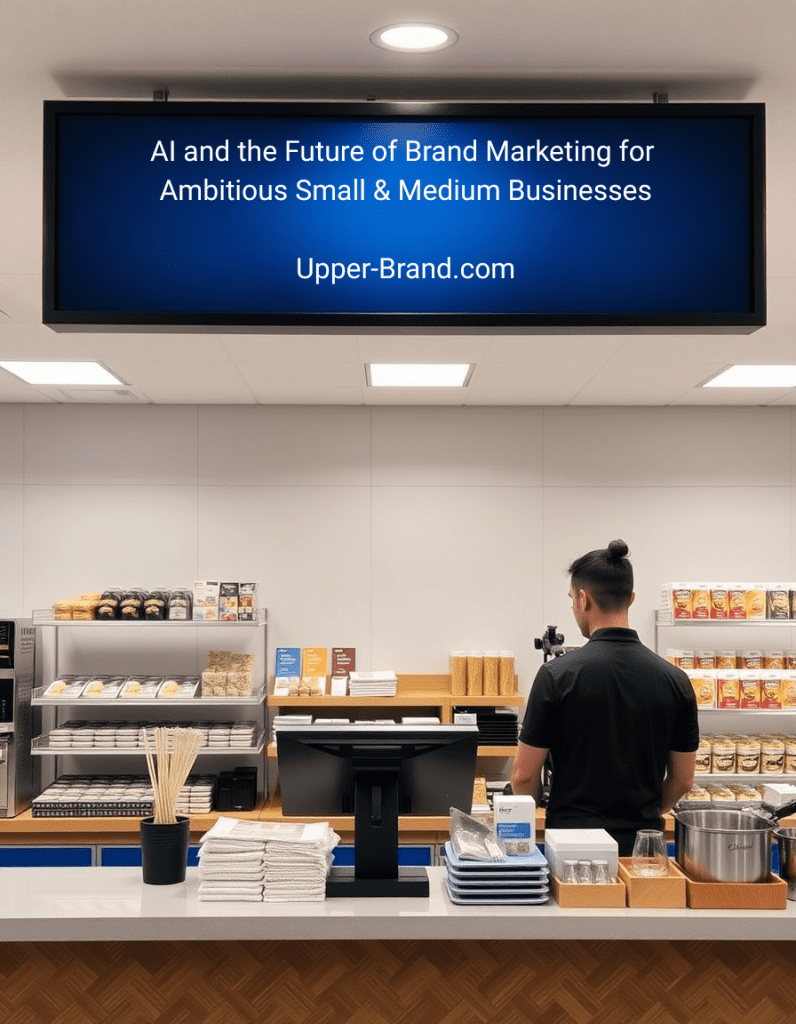Tariffs and Transformation: Why U.S. Trade Policy in 2025 Is a Blueprint for Brand Evolution
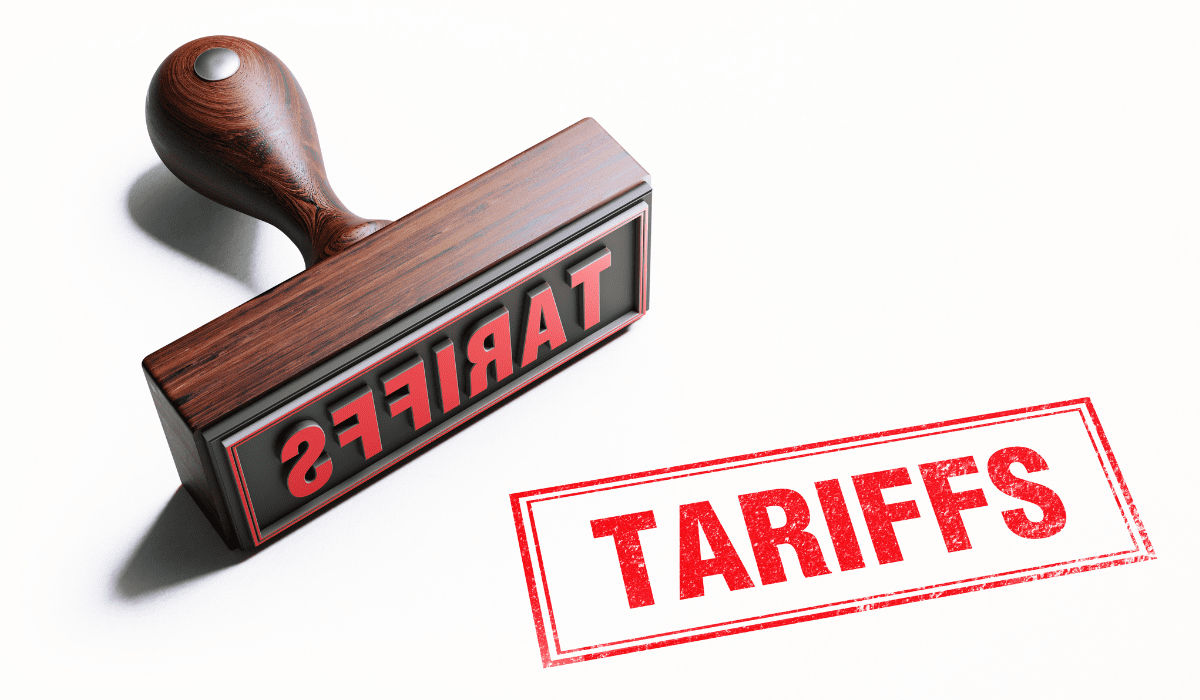
In 2025, U.S. tariff policy is not just about economics — it is about the future of brand agility. For forward-thinking companies, these shifting regulations offer a unique opportunity: to rebuild global operations with purpose, pivot supply chains with elegance, and reinforce brand identity through resilience.
Let’s move past the panic and into possibility. Because when you strip away the politics and percentages, what’s left is a strategic roadmap for brands that want to lead, not just survive.
What’s Actually Going On: A Snapshot
The United States has introduced one of the most assertive tariff strategies in decades. This is not small talk — this is reshaping the way global brands manufacture, source, price, and even market themselves.
Highlights of the 2025 Trade Shift:
- Tariffs between 25 and 125 percent on Chinese tech and green energy products.
- 30 percent duties on imported steel and aluminum, framed as national security measures.
- 25 to 35 percent retaliatory tariffs on imports from Canada and the EU, tied to digital services disputes.
These numbers are not just figures on a customs form. They are levers that affect how quickly your products hit the market, how much consumers pay, and how confident your investors feel.
Trendlines to Watch: Trade Is the New Branding Battlefield
1. Smart Supply Chains Are the New Status Symbols:
China, under pressure from 126.5 percent average U.S. tariffs, is evolving rapidly:
- Exports to Southeast Asia are up 22 percent.
- High-tech goods now make up 38 percent of their outbound trade.
- Chinese firms are near-shoring to Mexico, boosting EV output by 300 percent.
For luxury and lifestyle brands, this is not just about cutting costs. It’s about storytelling. Consumers want to know where and how their products are made. Supply chain transparency is now a trust signal.
Your Move: Integrate this narrative into your brand identity. “Ethically sourced and tariff-smart” has a futuristic ring to it.
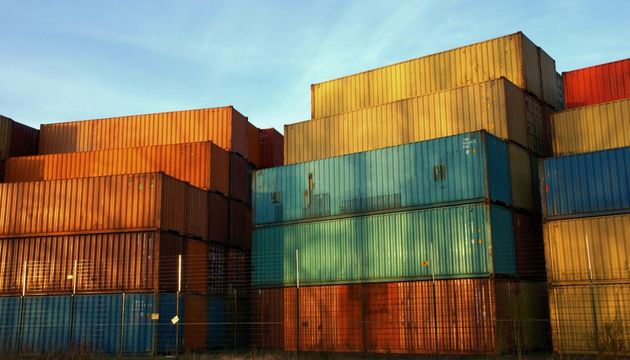
2. Canada: A Mirror and a Megaphone
The 25 percent tariff on $155 billion in Canadian goods has hurt SMEs and raised prices, but it has also pushed companies to embrace government collaboration.
- 68 percent of SMEs report a 10 to 15 percent cost increase.
- Consumer inflation is up 4.8 percent in tariff-heavy categories.
- Canada’s remission portal (April 2025) helps brands reclaim up to 80 percent of those duties.
Brand Insight: This is where compliance meets compassion. Let customers know how your brand works with regulators to shield consumers from volatility. Regulatory responsibility is the new luxury.
3. UK: A Case of Partial Relief, Full Complexity
The “Prosperity Deal” offers only modest wins:
- British car tariffs reduced from 27.5 to 10 percent, saving Jaguar Land Rover over $120 million annually.
- Steel duties lifted, improving competitiveness.
- Still, 89 percent of UK exports face baseline 10 percent tariffs, costing British SMEs nearly $5 billion per month.
Strategic Lesson: Don’t build your brand narrative on policy promises. Instead, align it with long-term regulatory agility.
Innovation Through Compliance
Let’s talk tools — the kind of innovations that not only reduce costs but enhance your market story.
Ethical Sourcing Frameworks:
- Blockchain verification of raw materials for EU compliance.
- Tier 2 and Tier 3 supplier mapping for SEC Rule 2025-114.
- ESG readiness as a value statement.
AI-Powered Optimization:
- Predictive analytics that model 250+ tariff scenarios.
- Real-time denied-party screening with 40 percent faster customs clearance.
- AI-led sourcing recommendations to rebalance portfolios.
Rebranding Resilience: Sector Snapshots
Small Businesses: Quiet Giants
58 percent of SMEs face 15 to 25 percent price hikes on core imports. The brands that will win are those that:
- Engineer around tariffs, modifying materials to fall into lower-duty categories.
- Utilize bonded warehousing to defer duties and free up cash for brand-building.
Luxury Brands: Scaling With Sophistication
The EU luxury segment now faces 22 percent countervailing duties. LVMH and Burberry absorbed 60 percent of the cost while raising prices 18 percent — all without losing desirability.
What this proves: People will pay more for brands that feel stable and confident. Price hikes do not kill brands. Uncertainty does.
Also Read: Cyber Blueprint for Elite Brands in 2025
Busting the Myths: Let the Data Speak
| Myth | Reality |
| “Tariffs only hurt giants.” | 72% of customs penalties hit SMEs |
| “Compliance drains profit.” | AI tools cut errors by 83%, saving $380K per $10M imported |
| “Protectionism boosts domestic supply.” | U.S. steel is up 34%, hurting construction and auto brands |
The Big Picture: Policy as an Innovation Prompt
As we look toward Q3 and beyond, here’s what brands should be preparing for:
- Quantum-proof encryption for cross-border data transfers.
- Scenario planning for 35 percent EU retaliatory tariffs.
- Trade advocacy through industry committees — a seat at the policy table is the new brand moat.
Final Word: Tariffs Aren’t Obstacles — They’re Invitations
2025 is not the year for reactive operations. It’s the year of visionary redesign. Use this moment to future-proof not just your supply chain, but your story.
- Make your sourcing a selling point.
- Make your compliance your competitive edge.
- Make your digital transformation your differentiation.
As Deputy USTR José Fernández said, “The companies thriving aren’t those avoiding tariffs — they’re redesigning operations to make tariffs irrelevant.”
At Upper-Brand, we believe this moment is about more than economics. It is about creative resilience. The brands that adapt will not only survive — they will set the new standard for what excellence looks like in a global marketplace.
